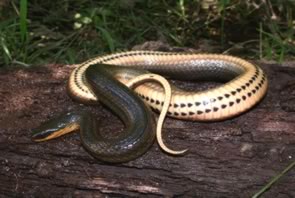
Regina rigida
Photo by JD Willson
Description: Glossy crayfish snakes are relatively small, highly aquatic snakes characterized by two faint dark stripes running the length of their shiny, brown or olive-brown bodies. They have two rows of dark brown spots running the entire length of their yellowish bellies. The glossy crayfish snake has keeled scales. They are probably most active at night and are sometimes found crossing roads in swampy areas. The glossy crayfish snake may sometimes bask in trees but usually remains hidden under objects at the water’s edge.
Feeding/Diet: The species eats primarily crayfish and has chisel-like teeth to help hold onto the crayfishes’ hard shells. On occasion, glossy crayfish snakes have been reported to eat small frogs.
Habitat/Range: Glossy crayfish snakes are very secretive and live in canals, swamps, and other wetlands in the lower Coastal Plain. Because they are so secretive and infrequently encountered, very little is known about them. Scientists don’t even know if they are indeed rare or just difficult to find.
Reproduction: They give birth to 6–13 young in late summer or early fall.
Miscellaneous: Predators include cottonmouths and kingsnakes. When handled, they will release a foul-smelling musk and flatten their heads to look bigger, but they rarely bite.
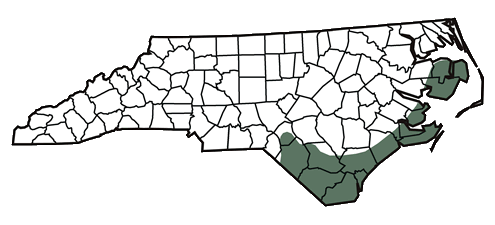
The shaded region represents the range of the glossy crayfish snake in North Carolina.
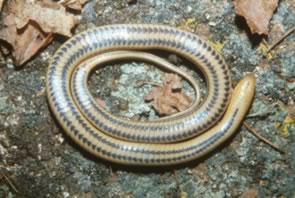
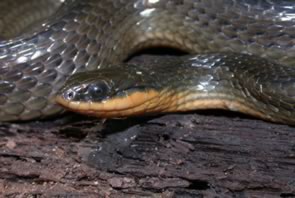
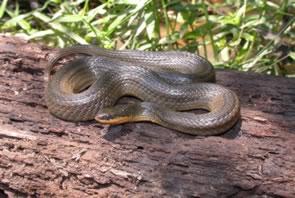
The belly of a glossy crayfish snake.
Photo by ME Dorcas
Photo by JD Willson
Photo by JD Willson

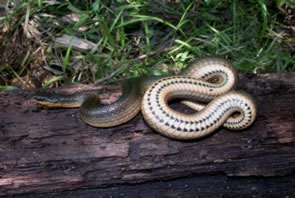
This website created by: J. Willson, Y. Kornilev, W. Anderson, G. Connette and E. Eskew.
For comments or questions contact M. Dorcas: midorcas@davidson.edu.
M. Dorcas homepage: http://bio.davidson.edu/dorcas
Davidson College, Davidson, North Carolina 28035-1719.
Text and maps from: Dorcas, M. E. 2004. A Guide to the Snakes of North Carolina. Davidson College - Herpetology Laboratory, Davidson, NC. – Copyright by Michael E. Dorcas.
Partial Funding for this website provided by a Associate Colleges of the South, National Science Foundation, and Duke Energy.
